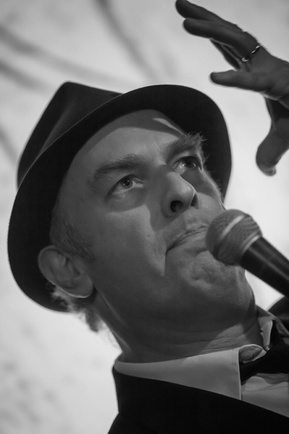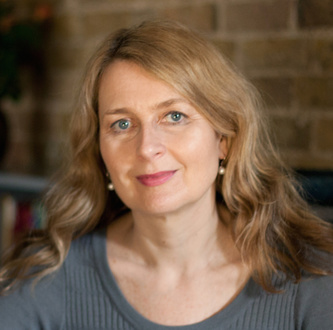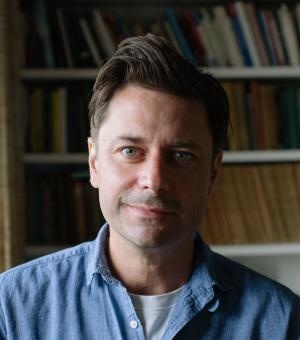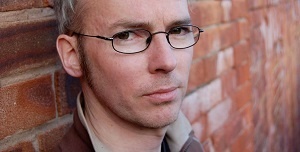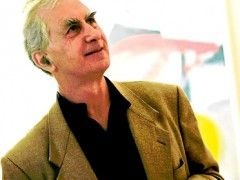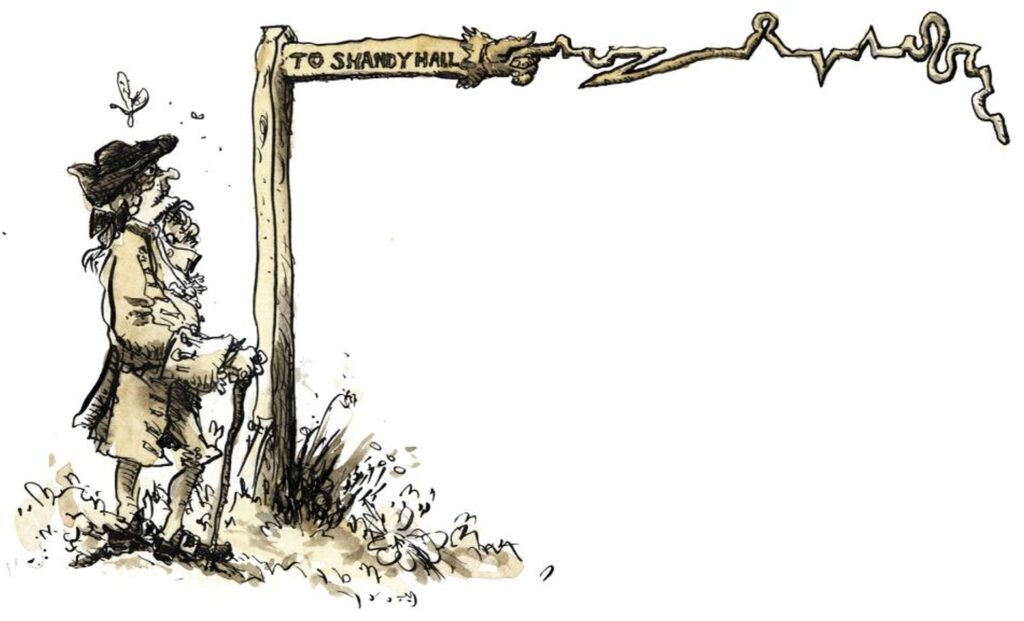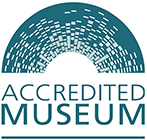Jonathan Coe gave the Laurence Sterne Annual Memorial Lecture on Friday June 11th 2004 at the King’s Manor, York.
The lecture, ‘Great Spunky Unflincher – Laurence Sterne, B.S. Johnson and me – coincided with the publication of Coe’s book, Like a Fiery Elephant: The Story of B.S.Johnson.
Coe described his approach;
“My strategy will be this. Many of the people picking up this book will not (regrettably) have read anything by B. S. Johnson before. Revered though he is by a few, he is unknown nowadays to most British readers under forty. So I shall begin by explaining, in a little more detail, what it was that he wrote and that I think he achieved. After that, pace Milan Kundera, I shall have to bring myself to knock down the walls of his house and we shall take a wander through the rubble, perhaps shaking our heads in awe and wonderment at the melancholy grandeur of the ruins we find there. Then, by way of interlude, we shall listen to some different people talking about B. S. Johnson, arguing amongst themselves even though these are – in most cases – people who have never actually met each other. And last of all, a short coda. In which I shall attempt to put forward my own, highly personal – and, yes, speculative – thoughts about the forces that may have been driving him in his last few days and hours: a ‘transcursion into his mind’ – to use Johnsonian language – or even (the phrase is from his fifth novel, House Mother Normal) ‘a diagram of certain aspects of the inside of his skull’, as he gets ready to compose his final message to the world; to write his very last word.
Before we get that far, however, I hope there will be plenty to enjoy along the way. We’re talking about novels, after all, and novels, even gloomy ones, are supposed to cheer us up, to provide recompense, when life isn’t all that it should be. Supposed, in short, to give us pleasure.
Aren’t they?
In his heyday, during the 1960s and early 1970s, B. S. Johnson was one of the best-known young novelists in Britain. A passionate advocate for the avant-garde in both literature and film, he gained notoriety for his forthright views on the future of the novel and for his idiosyncratic ways of putting them into practice. His innovations included a book with holes cut through the pages, and a novel published in a box so that its unbound chapters could be read in any order. But in November 1973 Johnson’s lifelong depression got the better of him, and he was found dead at his north London home. He had taken his own life at the age of forty.”
Jonathan Coe was born in Birmingham in 1961. His novels include What a Carve Up!, The House of Sleep and The Rotters’ Club. He lives in London.
Read the full transcript of Jonathan Coe’s 2004 Laurence Sterne Annual Memorial Lecture
The transcript has an introduction by Martyn Bedford:
“I have a hazy recollection of a short-lived TV series in the 1960s, or possibly early 70s, in which boxing matches were staged between fighters from different eras, their roles enacted by pugilistic lookalikes. Muhammad Ali versus Rocky Marciano is one such bout that sticks in my mind. The idea was that the boxers’ relative strengths and weaknesses were fed into a computer and the two body-doubles would act out the predicted outcome of the contest. It has occurred to me, especially during several years’ involvement with the Ilkley Literature Festival, that the concept would lend itself neatly to staged pairings of non-contemporaneous writers. Joyce versus Dickens, for example. Or Kelman versus Kafka. Non-violent, naturally (the idea of Woolf and Austen engaged in topless mud-wrestling holds little appeal, though no doubt a website exists.) I’m thinking more along the lines of invigorating mental sparring on writerly themes and the fiction-making process, scripted by experts and played by actors. As far as I’m aware nothing of this sort has been tried. However, we had the next best thing when the novelist and literary biographer Jonathan Coe delivered a talk on B.S. Johnson at the Laurence Sterne Trust’s annual lecture. For there, in spirit, were Sterne and Johnson – duelling intellectually, as it were, through the medium of a modern writer who (as the text of his lecture demonstrates) has captured the creative tensions and affinities that resonate between these two dead souls. Among the one hundred people who packed the Huntingdon Room of the King’s Manor, in York, I suspect there were more Sterne fans than Johnsonites. Yet, by the end of a fascinating, entertaining and well-received talk, it was apparent that B.S. Johnson left the arena with his held held high, if a little battered and bruised. Much as he did in life.”

